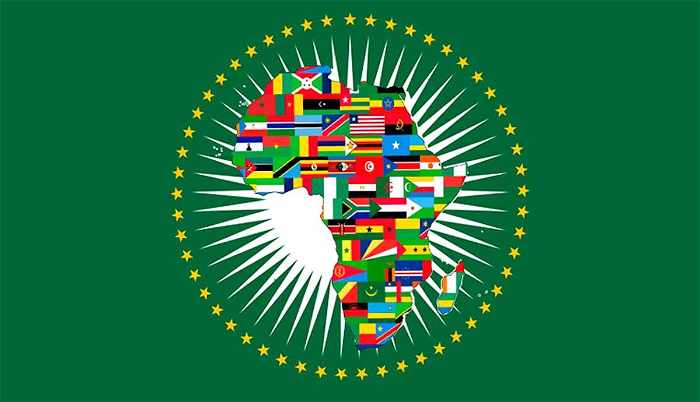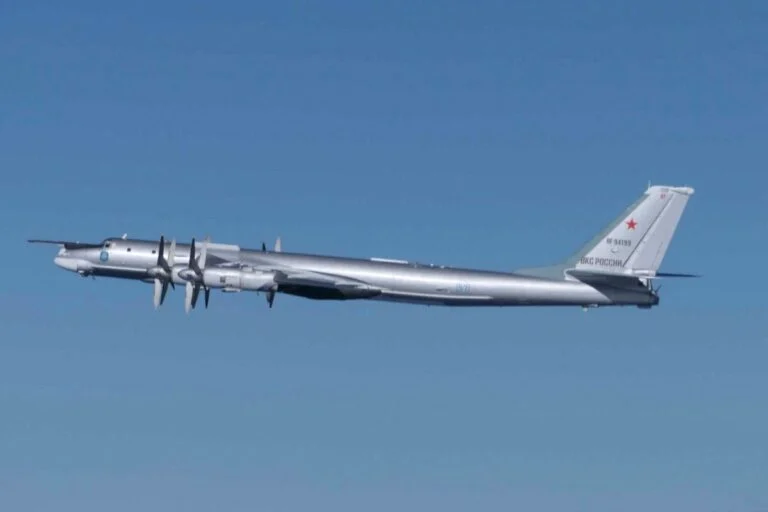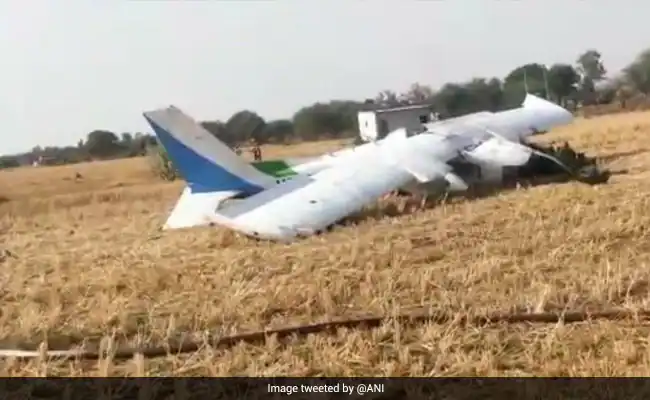Headline
Ghana, Guinea, Nigeria Top Cyber Threat Incidents In West Africa – Report

Ghana has led the West African region in both the frequency and diversity of cyber threats for the first half of 2024, facing a high volume of distributed denial of service attacks directed at industries, including computer services and telecommunications, says NETSCOUT’s 1H2024 Distributed Denial of Service Threat Intelligence Report released on the company’s website on Tuesday.
According to the report, Ghana has experienced the highest volume of cyber attacks in West Africa, with the maximum bandwidth of its largest DDoS attack measuring 314.25 Mbps, a total of 4,753 attacks over six months, out of which 2,759 were targeted at computer-related services businesses; while the Republic of Guinea follows with 2,918 cases, with Nigeria coming third place with 2,721 cases of cyber threats.
The report partly read, “Ghana experienced by far the highest volume attack in West Africa, with the maximum bandwidth of its largest DDoS attack measuring 314.25 Mbps. Known for an economic resilience that is driven by agriculture and mining, Guinea surprisingly took the second spot in the NETSCOUT results for West Africa in terms of attack frequency, with 2,918 incidents listed. Wireless telecommunications carriers bore the brunt of these strikes, which were mostly TCP-type attacks.
“Nigeria, a major digital hub in Africa, experienced the third highest volume of cyberattacks in West Africa, coming in at 2,721 for the first half of 2024. Attacks in the computer-related services field were prevalent, as in Ghana, with 867 incidents, but local beauty salons were second on the list for Nigeria, enduring 206 incidents, followed by data processing hosting companies at 116.
READ ALSO: BREAKING: Equatorial Guinea Restricts WhatsApp Amid Sex Scandal
“The growing complexity of DDoS threats seen worldwide, including a notable increase in both attack frequency and sophistication, is reflected in Nigeria. The country experienced more complex attacks than others within the region, with 23 different attacks vendors seen in one single attack, from TCP and CLDAP (Connection-less Lightweight Directory Access Protocol) attacks to Domain Name System (DNS) amplification and many more”, states Bryan Hamman, regional director for Africa at NETSCOUT.
“Côte d’Ivoire and Liberia both faced similar attack frequencies, with 1,598 and 1,515 incidents noted respectively. The two countries also experienced similarities in the types of attack vectors used – mostly TCP-related – as well as the sector that was hardest hit, which was wireless telecommunications for both.”
The report stressed that wireless telecommunications carriers were identified as the prime targets for threat actors in the Republic of Benin, recording 196 incidents, 107 in Senegal, 32 in Mali, and 16 in Cameroon.
The Regional Director for Africa at NETSCOUT, Bryan Hamman, noted the report “Is in line with NETSCOUT’s Global Threat Intelligence Report figures, which measured attacks on the sector at 834,471 for the first part of 2024, a substantial 34% increase on the figures seen for 2H 2023, which was calculated at 622,295. We believe this points to an objective by cybercriminals to disrupt critical communication infrastructure.”
READ ALSO: JUST IN: Queen Camilla Suspends Public Engagements Due To Chest Infection
Interestingly, although Cameroon fell more within the middle of the pack in terms of attack frequency, at 544, its largest DDoS attack reached 118.05 Gbps in bandwidth, much higher than the statistics seen for Senegal (27.31 Gbps) for instance, Guinea (12.35 Gbps) or Mali (0.81 Gbps).
He added, “In some cases, as seen by Cameroon and Ghana as well as Nigeria (134.86 Gbps), attack volumes can reach more than 100 Gbps, requiring upstream providers to mitigate the attack. Although many smaller attacks, such as those around 1Gbps, often bypass detection and mitigation by upstream providers due to being below-configured thresholds, they can still have a severe impact on enterprises.
“Statistics from NETSCOUT’s latest report show that generally, countries within West Africa have not been as heavily targeted as the likes of Morocco in the north of the continent, or South Africa in the SADC region. The latter falls within the top five most targeted countries within the entire Europe, Middle East and Africa (EMEA) region.
“This being said, we are certainly seeing variabilities in attack types and targets across West Africa, reinforcing the need for country-specific cyber defences and resilient strategies to protect these growing digital economies. While the West African threat landscape cybersecurity challenges may align in many areas with worldwide trends, the nuances in each country’s threat landscape highlight the importance of localised security strategies to protect both critical and emerging digital infrastructures.
“NETSCOUT’s Threat Intelligence Report provides essential insights to help West African organisations bolster their cybersecurity defences. By leveraging these findings, businesses across the region can effectively mitigate these evolving threats and secure their digital ecosystems.”
Headline
British Family Accused Of Boarding Dead Grandmother On EasyJet Flight

A British family has been accused of trying to board a dead relative onto an EasyJet flight from Málaga, Spain, to London Gatwick on Thursday, passengers said.
The woman, reportedly 89 years old, was wheeled onto the plane by five family members, who told airline staff she was unwell and had fallen asleep.
Witnesses said the woman was pushed in a wheelchair to the rear of the plane and lifted into her seat. Some claimed they overheard a family member tell a boarding clerk, “It’s OK, she’s just tired,” adding, “It’s OK, we’re doctors.”
READ ALSO:Gunmen Invade Church, Kill Priest’s Wife In Anambra
Just before takeoff, the cabin crew realized the woman had died, and the plane was turned around, delaying the flight by 12 hours.
Petra Boddington, a passenger, said: “easyJet, when did you start letting dead people onto planes? Seriously!” Another, Tracy-Ann Kitching, added: “I saw her being wheeled onto the plane; someone was holding her head as they passed me! A doctor on board confirmed that was already dead when they sat her down.”
EasyJet has denied that a deceased person boarded the plane. The airline said the passenger had a fit-to-fly certificate and was alive when she boarded.
READ ALSO:UK Charges Nigerian-British Art Dealer Ochuko Ojiri With Terrorism-related Offence
“The flight returned to the stand prior to take-off due to a customer on board requiring urgent medical assistance. The flight was met by emergency services, but sadly the customer passed away,” a spokesperson said.
The Guardia Civil in Málaga confirmed officers attended the aircraft, and the woman was declared dead on board. No arrests have been made.
Headline
Russian Strike On Odesa Region Kills Eight, Injures 27

Ukraine’s State Emergency Service has reported at least eight people killed and 27 others injured on Friday night after a Russian ballistic missile strike hit the southern Ukrainian city of Odesa.
According to Ukrainian authorities, the attack targeted port infrastructure facilities in the town of Pivdenne, near Odesa, and damaged nearby civilian vehicles.
The strike came one week after much of Odesa was left without power, heat, and water following a “severe” aerial assault.
“Some of the injured were on a bus that was at the epicenter of the shelling. Trucks caught fire in the parking lot, and cars were also damaged,” the State Emergency Service said.
READ ALSO:Russia Insists Ukraine Must Cede Land Or Face Continued Military Push
Emergency officials said the deaths occurred at a port infrastructure facility. Medical teams and first responders were deployed after the strike, but their work was disrupted by “ongoing air raid alerts,” according to Oleh Kiper, head of Odesa’s regional administration.
Russia has carried out repeated attacks on Odesa in recent days, damaging port facilities, civilian vessels, and key infrastructure.
Two major bridges linking the northern and southern parts of the Odesa region have also been hit, with repairs under way, Kiper said.
Elsewhere, Ukraine’s State Emergency Service reported a “massive” drone attack on the southern Mykolayiv region, which damaged civilian infrastructure and vehicles. No casualties were reported.
READ ALSO:19 Die From Alcohol Poisoning In Russia
Odesa, Ukraine’s largest seaport and a major hub in the Black Sea region, has been a frequent target since the start of the war.
Last week, civilian, energy, and industrial sites in the city suffered extensive damage after what regional officials described as “one of the enemy’s most severe airstrikes,” leaving many areas without power and water.
Russia’s Defence Ministry has not commented on the attack.
Speaking hours before the strike during his annual Direct Line call-in show, Russian President Vladimir Putin said Russia was yet to “see Ukraine’s readiness for peace”.
“[Russia] is ready for negotiations and for ending the conflict via peaceful means,” Putin said, adding that it was up to Russia’s “Western opponents” to end the war.
(CNN)
Headline
Aircraft Crashes In Owerri With Four Persons Onboard

A Cessna 172 aircraft with registration number 5N-ASR, operated by Skypower Express, has crashed at the Sam Mbakwe International Cargo Airport, Owerri, Imo State.
The aircraft had departed Kaduna International Airport en route to Port Harcourt International Airport before diverting to Owerri after the crew declared an emergency.
The crash occurred at about 8:00 pm on the airport premises, with four passengers and crew members onboard.
Confirming the incident, the Director, Public Affairs and Family Assistance of the Nigerian Safety Investigation Bureau (NSIB), Mrs. Bimbo Oladeji, said the agency had been notified of the crash.
READ ALSO:Social Media Feud Spills Into Aircraft As VDM, Mr Jollof Exchange Blows
According to the NSIB, the aircraft crashed on the approach area of Runway 17, but no fatalities have been recorded so far.
The statement said: “Following the occurrence, airport emergency services were successfully activated and arrived on site promptly. Reports indicate that there was no post-crash fire, and the runway remains active for flight operations, with other aircraft taking off safely after the incident.
“Efforts are currently underway to coordinate the recovery and evacuation of the distressed aircraft from the crash site to allow for a detailed wreckage examination.”
The NSIB said it has officially activated its investigation protocols in line with its statutory mandate
READ ALSO:Ogun To Prosecute DJ Over Multiple Road Crashes
The Director-General of NSIB, Capt. Alex Badeh Jr., sympathised with the management of Skypower Express over the incident and expressed relief that no lives were lost.
Badeh Jr. added that the Bureau’s investigation team is already coordinating with relevant authorities to secure the crash site and commence a detailed investigation into the cause of the accident.
Two days ago, 11 persons narrowly escaped death as a private jet crash-landed at Mallam Aminu Kano International Airport, Kano, on Sunday morning.
The occupants, including passengers and cabin crew, were safely evacuated amid an intense atmosphere, eyewitnesses told The Guardian.
READ ALSO:Tanker Crash Kills Three, Fire Razes Shops In Kano
The private jet, owned by Flybird Aviation, crash-landed at about 9:30 a.m. while approaching Kano Airport en route to Abuja.
The incident attracted urgent attention, with emergency staff and other stakeholders converging at the runway to render rescue operations.
The management of the Federal Airports Authority of Nigeria (FAAN) is yet to release an official statement on the incident. Unofficial sources disclosed that the passengers have been taken to an unknown destination.
Several aircraft incidents have occurred at Kano Airport, with several lives lost.
The last incident occurred in May 2002, when an EAS Airline aircraft departed the runway at Aminu Kano International Airport at 1:29 p.m. local time en route to Lagos.

 News4 days ago
News4 days agoWage Dispute: Court Orders PSG To Pay Mbappe €61 Million

 Headline4 days ago
Headline4 days agoAircraft Crashes In Owerri With Four Persons Onboard

 Sports4 days ago
Sports4 days agoJUST IN: Dembélé Named FIFA Best Men’s Player, Bonmatí Wins Women’s Award

 Metro3 days ago
Metro3 days agoAlleged Organ Harvesting: Bereaved Families Rush To Check Corpses

 Business4 days ago
Business4 days ago9th FirstBank Digital Xperience Centre Launched In UNIBEN

 Business4 days ago
Business4 days agoCBN Revokes Licences Of Aso Savings, Union Homes As NDIC Begins Deposit Payments

 News4 days ago
News4 days agoOkpebholo Presents ₦939.85bn ‘Budget Of Hope, Growth’ To Edo Assembly

 News4 days ago
News4 days agoTrump Places Nigeria, 14 Others On Partial Travel Restrictions To US

 News3 days ago
News3 days agoForest Reserve: Okpebholo Broker Peace Between Host Communities, Investors

 News4 days ago
News4 days agoOPINION: Man-of-the-people, Man-of-himself




























